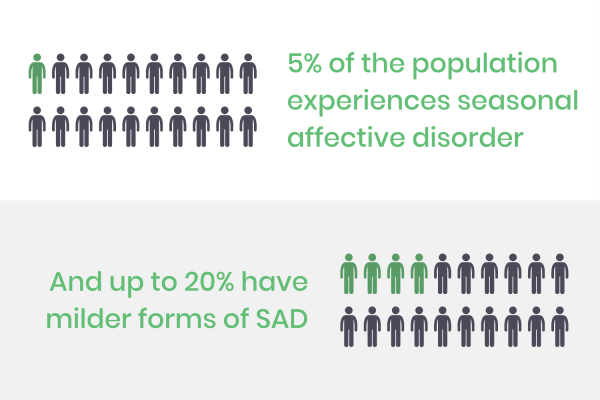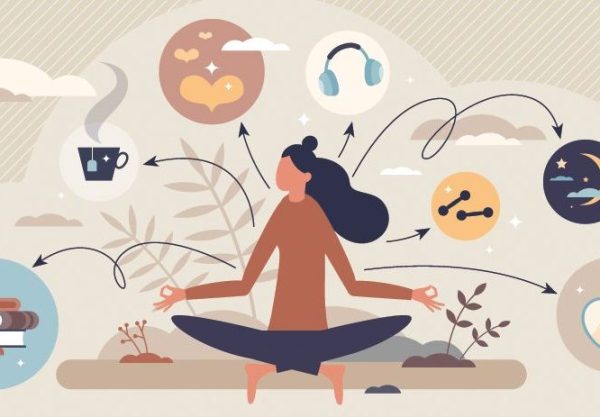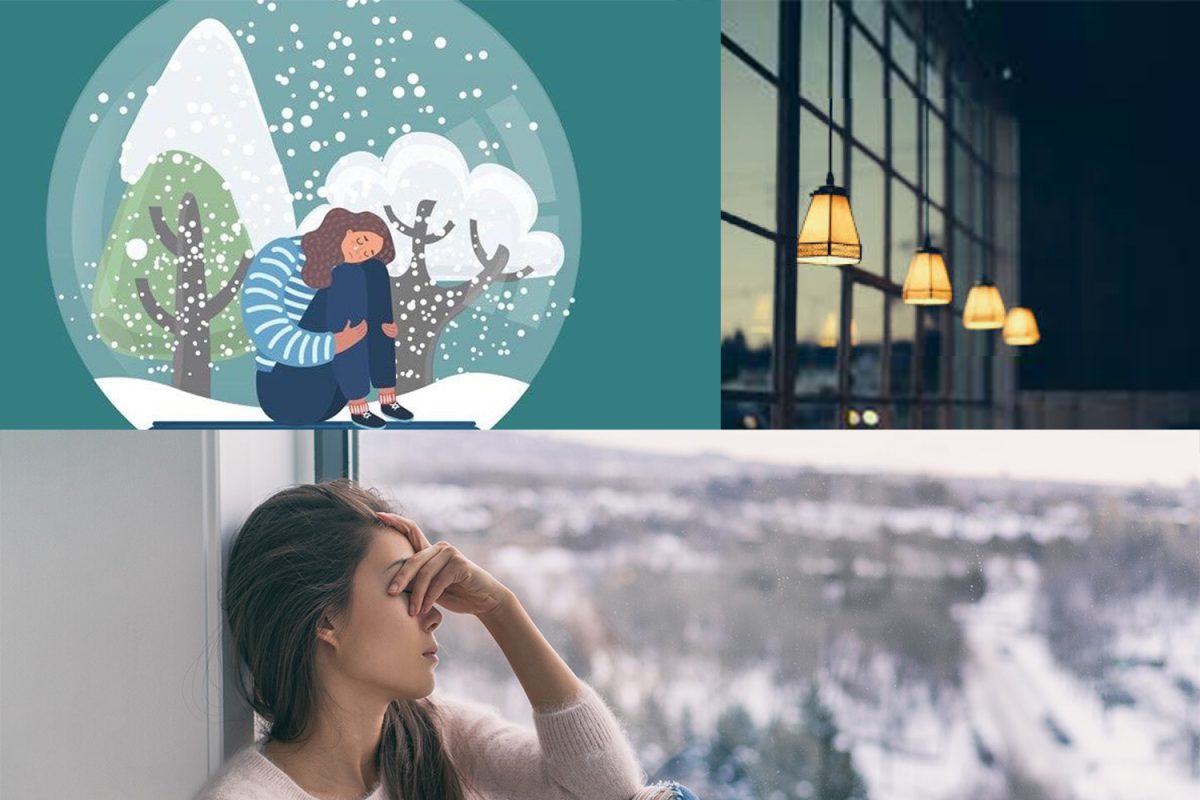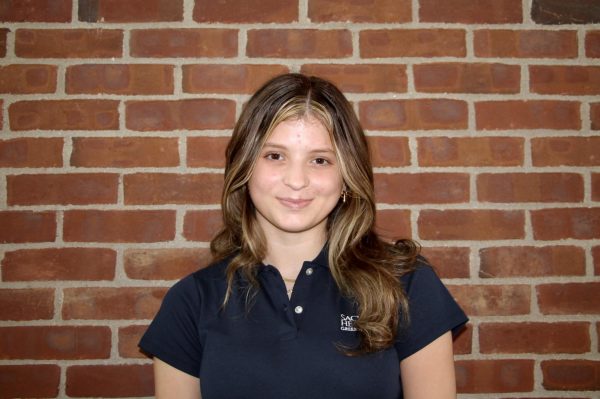As the weather becomes colder and the days shorter, some people begin to experience a kaleidoscope of changes in their mood. Feelings of sadness or fatigue impact between 10 and 20 percent of the population during the winter months, according to clevelandclinic.org. Those who are experiencing symptoms of Seasonal Affective Disorder (SAD) are not alone, and strategies for wellness can help.
SAD is a form of depression that often begins in late fall. It stems from a biochemical imbalance in the brain that results in an anxious, tired, and empty feeling, according to news12.com. While “the winter blues,” a mild type of SAD, may affect up to a fifth of people, about 5 percent of the population encounters more severe SAD effects, which significantly impact how they feel, think, and act. Symptoms of SAD include feeling irritable or having trouble concentrating, feeling tired or lethargic, feeling sad or depressed, a loss of interest in usually pleasurable activities, and appetite changes.

Some of the suggested strategies to combat SAD are generally good habits for health and wellness, such as getting enough sleep, exercising, and eating well. Other strategies are lesser known. Some experts suggest light therapy, a method that exposes users to light, which is scarce during the winter months. Similarly, doctors recommend taking vitamin D supplements as a way to replenish vitamin D, which usually comes naturally from exposure to sunlight, according to clevelandclinic.org.
While people often reach for the comfort of their phones during free time, experts highly recommend that people experiencing SAD turn off their devices and instead, going outside for a walk and getting some fresh air. In addition, reaching out to friends and loved ones for comfort is also a good idea to relieve any stress or anxiety. If symptoms persist, doctors suggest talking to a primary care physician or a therapist, according to clevelandclinic.org.
SAD most commonly affects people between the ages of 18 and 30, as well as females, according to clevelandclinic.org. Because the Sacred Heart Greenwich student community is all females and students fall within the most commonly impacted age range, this disorder is even more relevant for the community to be aware of, as those who experience SAD are not alone. Senior Emily Sedgwick partners with the Yellow Tulip Project (YTP), a youth-led nonprofit organization that focuses on combating the stigma around mental health. The YTP provides support for those with mental health struggles such as SAD by hosting storytelling workshops, online discussions, and nationwide “Hope Day” tulip-planting celebrations. Emily elaborated on the mission of the YTP.

“YTP actively pursues social awareness of mental illness by activating youth to pursue community-wide action,” Emily said. “The YTP sparks and facilitates the essential conversations that help destigmatize mental illness.”
With the excitement and distraction of the holidays coming to an end, people should become aware of SAD, the corresponding symptoms, and strategies that can help. SAD is more common than one may think, so look out for loved ones. Emily reinforced the importance that those experiencing mental illnesses such as SAD do not feel alone.
“One of the most harmful effects of mental illness is isolation,” Emily said. “It can cause victims to feel shame in speaking about their condition.”
Featured Image by Olivia Flynn ’25




